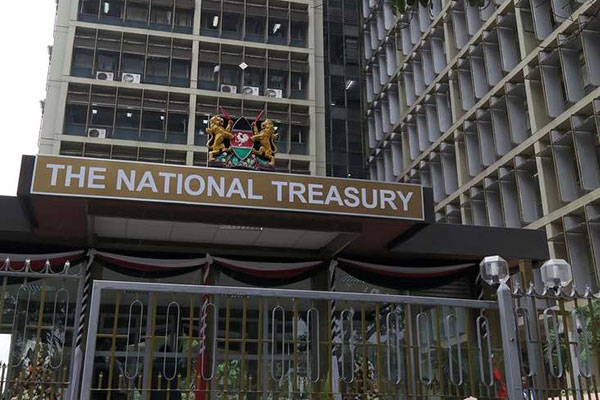×
The Standard e-Paper
Join Thousands Daily

The late Irish playwright and critic George Bernard Shaw probably had the Kenyan Government in mind when he famously said: “The government who robs Peter to pay Paul can always depend on the support of Paul.”
Concerns over the country’s piling debt stock in recent years and months are well documented, with every Kenyan currently owing local and international creditors Sh95,200.